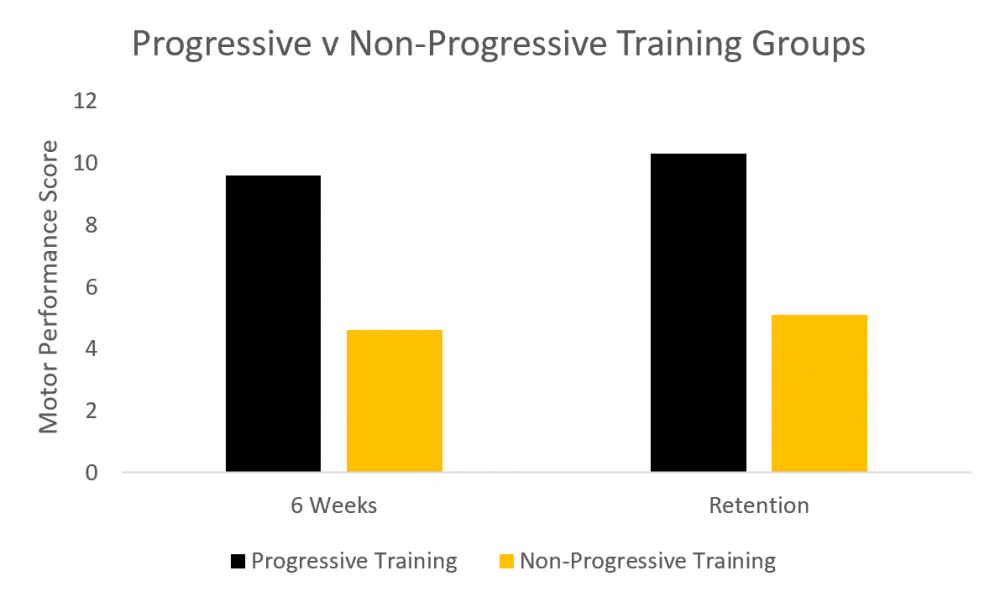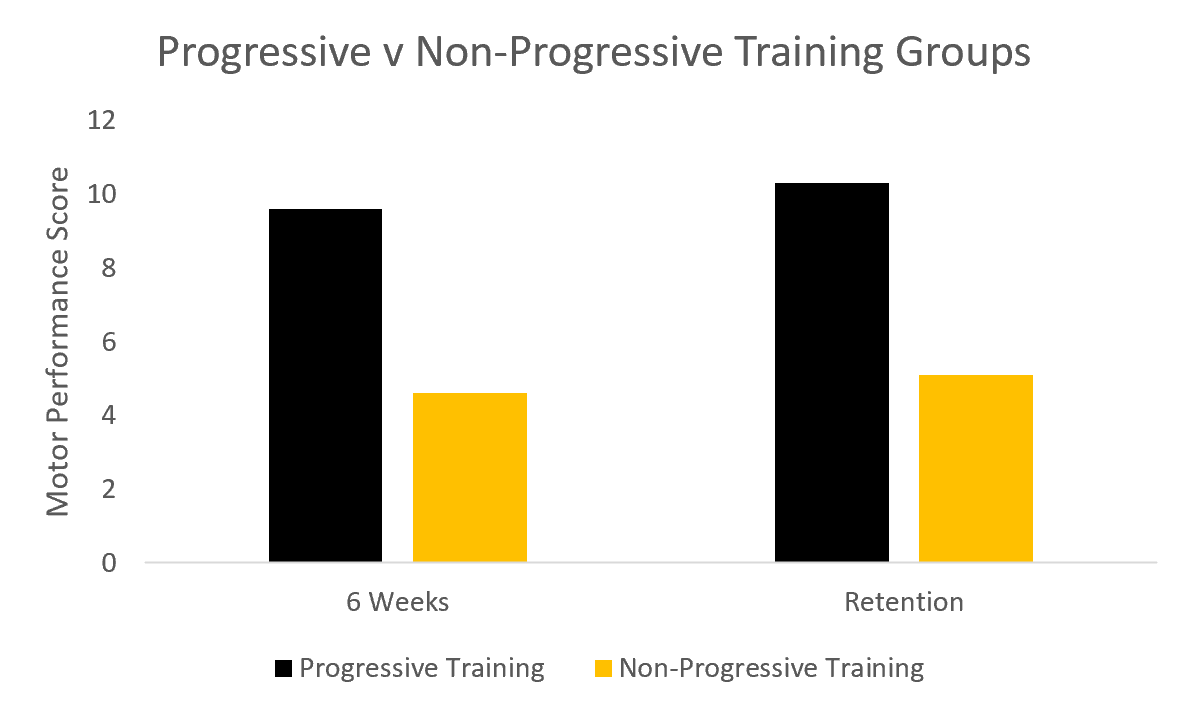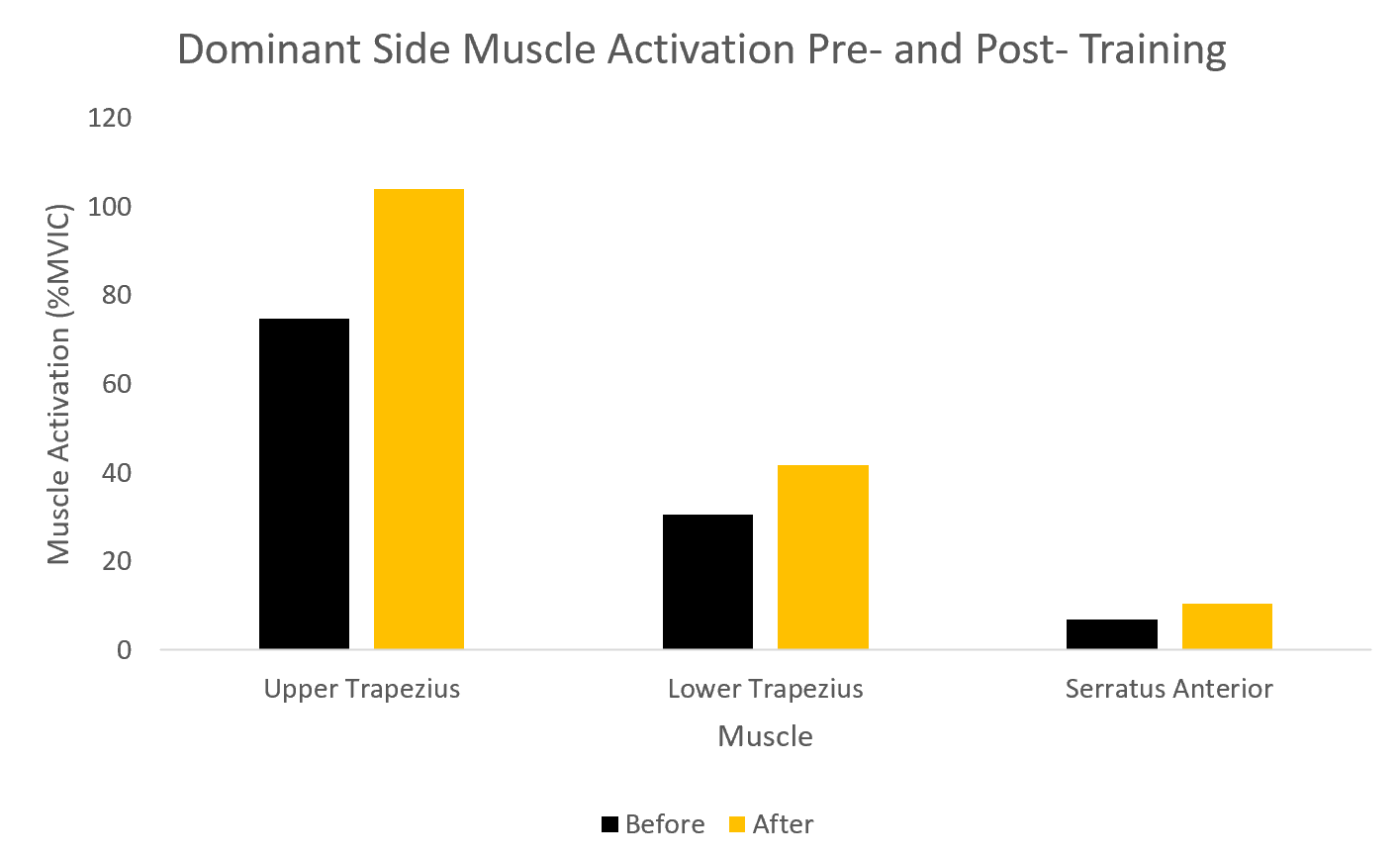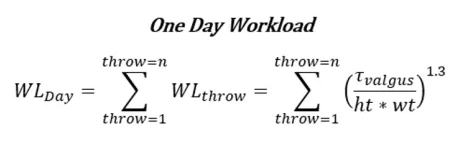Caught Looking: Articles of the Week — October 8

Here are three studies the R&D department at Driveline read this week:
Long-term motor skill training with individually adjusted progressive difficulty enhances learning and promotes corticospinal plasticity
Much of motor learning literature is a bit out of reach and is not easily applied to baseball and sports training. Still, this study out of the University of Copenhagen results in a takeaway that I believe can be applied in the baseball training environment. Christiansen et al. published the study as a continuation of their previous work investigating the effects of progressing the difficulty of a training task on how quickly and effectively subjects learned a new task.
The present study compared two groups trained with an arcade-like task (similar to the game Breakout for those familiar) with one group progressing in difficulty based on their performance in the game and one group training at the same ‘Day 1’ baseline difficulty for the entire training period.
For the group whose difficulty progressed, the difficulty was chosen based on their performance. It balanced the idea of making the task hard to complete and easy enough to complete, so participants did not lose interest and motivation.
Neural and muscle activity was measured during this experiment, but I will focus on task performance. This study showed that the group whose task difficulty progressed as their task performance increased performed better than the control group at a more difficult task during training and 8 days after training was completed.
Somewhat intuitive, but this shows that you are better off having training and practice with tasks that are closer to the difficulty of where you will be tested to be better at a tougher task.
In baseball terms, if you are going to face a 95 mph fastball, you will perform better if you progress your training difficulty closer to that 95 mph fastball than if you were to focus solely on catching solid barrels against an 85 mph fastball.
As mentioned above, this may be intuitive to many in the baseball industry, but it is still not widely accepted that progressing difficulty in training positively affects training outcomes. This is a good piece to support and motivate us as trainers, coaches, parents, and, last but certainly not least, athletes, to create challenging and creative training environments. Finding the balance between task difficulty and comfort will go a long way in developing a successful on-field performance.
Effects of Scapular Kinetic-Chain Exercise on Muscle Activity in Overhead-Pitching Baseball Players
As a part of our high-performance assessment for pitchers, scapular movement during an arm elevation and depression movement is visually assessed to check for proper scapular action and mobility. Identifying insufficient or improper scapular movement during this assessment can improve overall shoulder movement capacity so that it’s less likely to be a cause of pain or injury from throwing.
For a similar purpose, a study out of the Korea National Sport University investigated the effects of an eight-week scapular exercise/training program on the muscle activity in various back and shoulder muscles.
Song et al. put 23 baseball pitchers through a training program including movements that targeted the activation of scapular muscles such as scapular protraction and retraction and movements that resulted in scapular movement such as the push-up plus. The participants included seven athletes with scapular movement and position irregularities or pain and 16 athletes without irregularities as a control group.
After eight weeks of the program, they found there were increases in activation of the upper trapezius, lower trapezius, and the serratus anterior during elevation and depression of the arm. Some changes were observed in both groups, though more changes were observed in the group with scapular irregularities and/or pain.
Scapular movement and function are tough to evaluate. Even our current assessment is visual-based and somewhat subjective. This study finds a way to quantify an aspect of scapular activity to evaluate the effectiveness of a program with common scapular movements.
However, we have to remember that muscle activation is tough to interpret, and that more active muscles during arm elevation and depression don’t necessarily mean that the athletes will be significantly more or less healthy in the actual pitching motion. Nonetheless, it’s assuring to know that scapular activation and movement patterns can be altered with proper training if necessary.
For a look at an investigation we did into serratus anterior muscle activation during one of our recovery protocols, check out our kettlebell carry blog.
A Review of Workload-Monitoring Considerations for Baseball Pitchers
Last but certainly not least, a review was recently published in the Journal of Athletic training discussing the current state of workload monitoring in baseball pitching. Dowling et al. summarized the idea behind monitoring workload, defined different types of workload, and outlined techniques for monitoring workload.
One important point made by the authors of this publication is that workload should include more than the total volume of activity i.e. number of throws. Workload monitoring should also include the intensity of these throws to better describe the ‘load’ placed on the body. These are described as internal and external components of load, respectively.
Additionally, the authors of this review did an excellent job describing internal and external workload monitoring in ways that can be applied even without a lot of experience, technical ability, budget, etc.
For throwing volume (external load), this can just be done by counting total throws and making sure to include all practice throws such as PFPs and position player throws for two-way players. For intensity (internal load), this can be described using subjective methods such as rating of perceived exertion, heart rate characteristics, type of throw, etc.
One day workload–the fundamental workload measurement used by MotusTHROW
Lastly, recovery is also important to monitor closely as the final portion of overall workload monitoring. As the volume and intensity of throwing increases, so does the requisite recovery. Using these various tools to monitor load then adjusting recovery time to sufficiently address that load is an important step to mitigating injury risk and improving performance.
For a closer look into how we define workload with MotusTHROW, check out our blog.
By Kyle Lindley (@kyle_lindley_)



Comment section